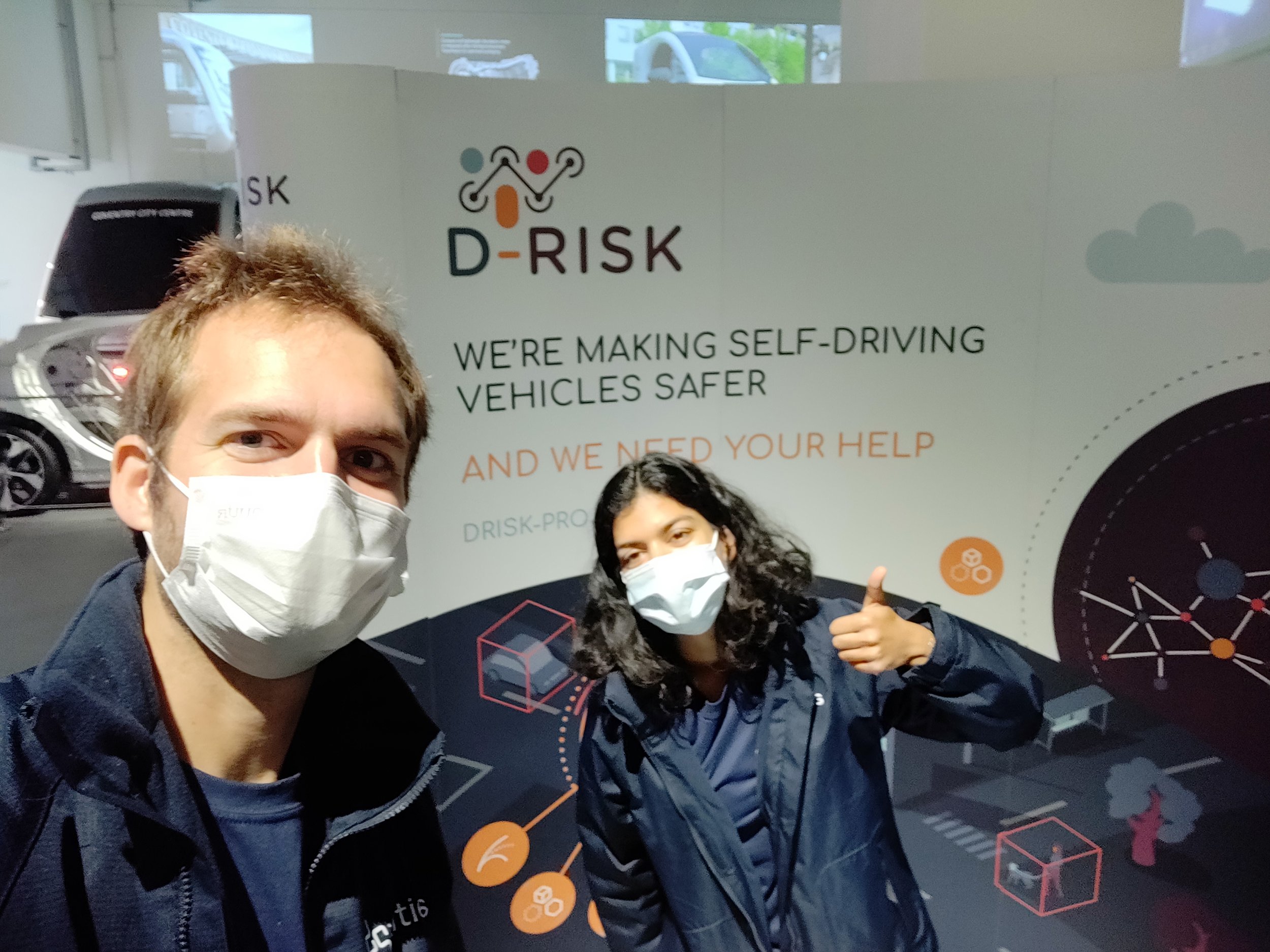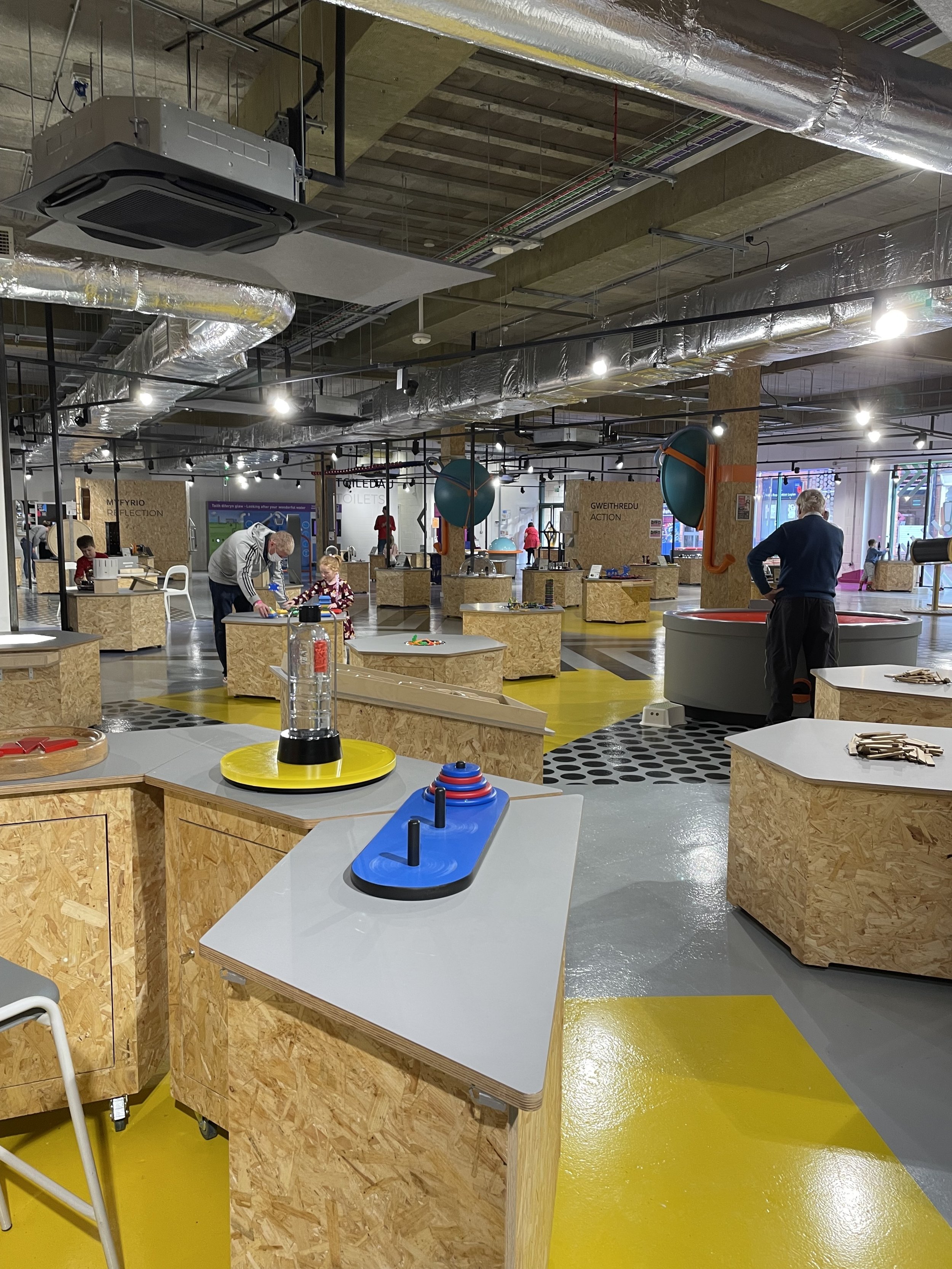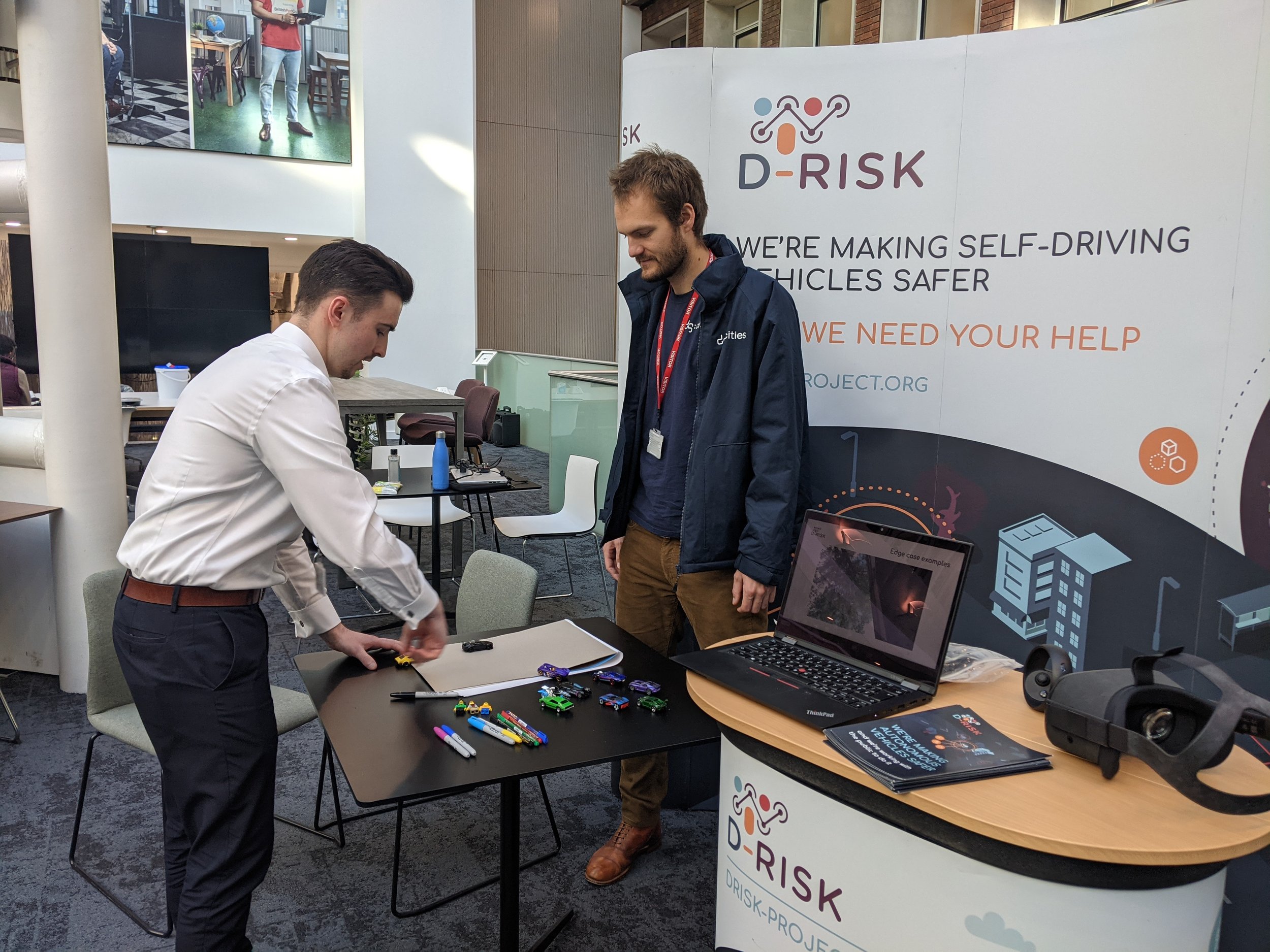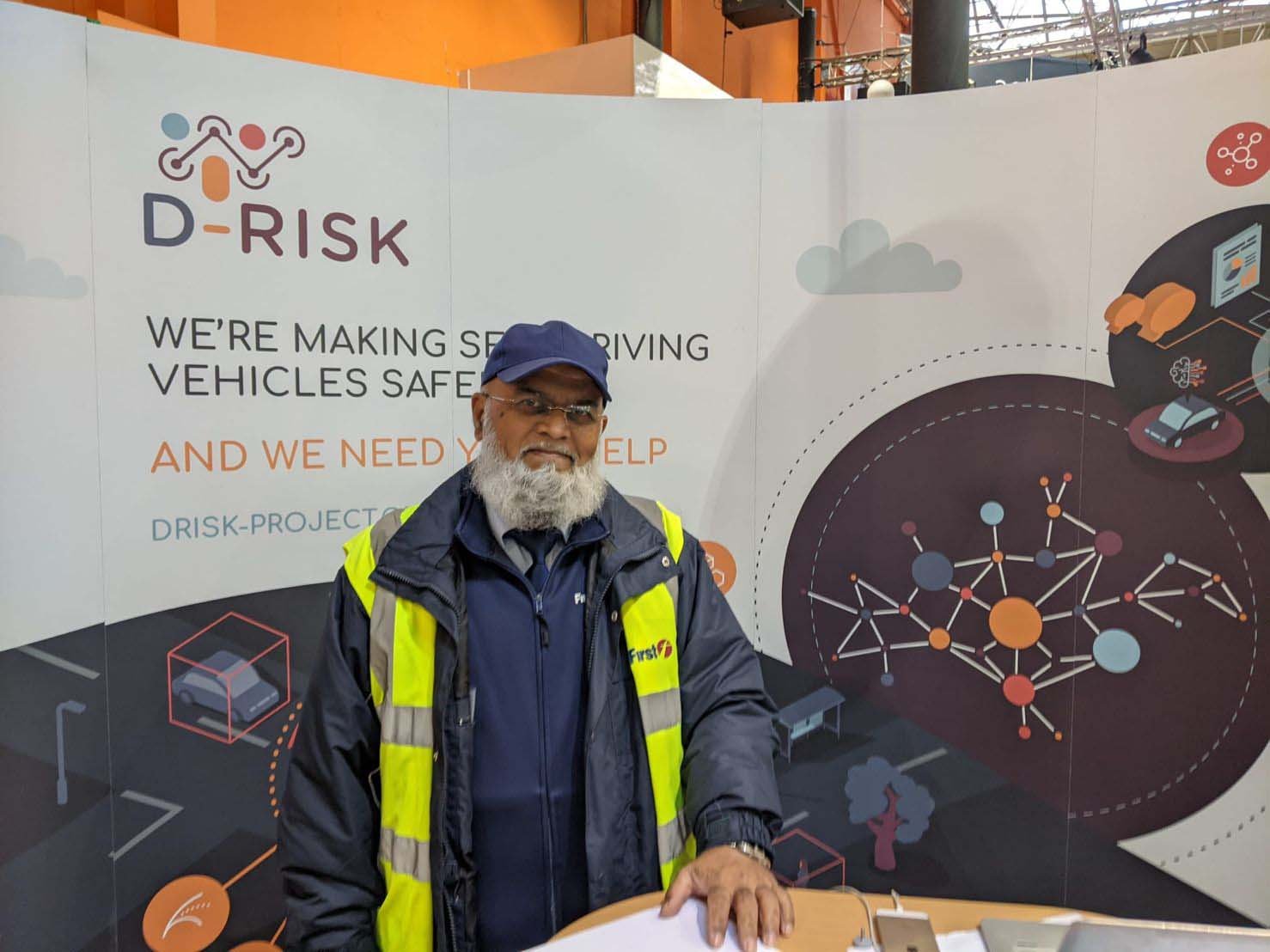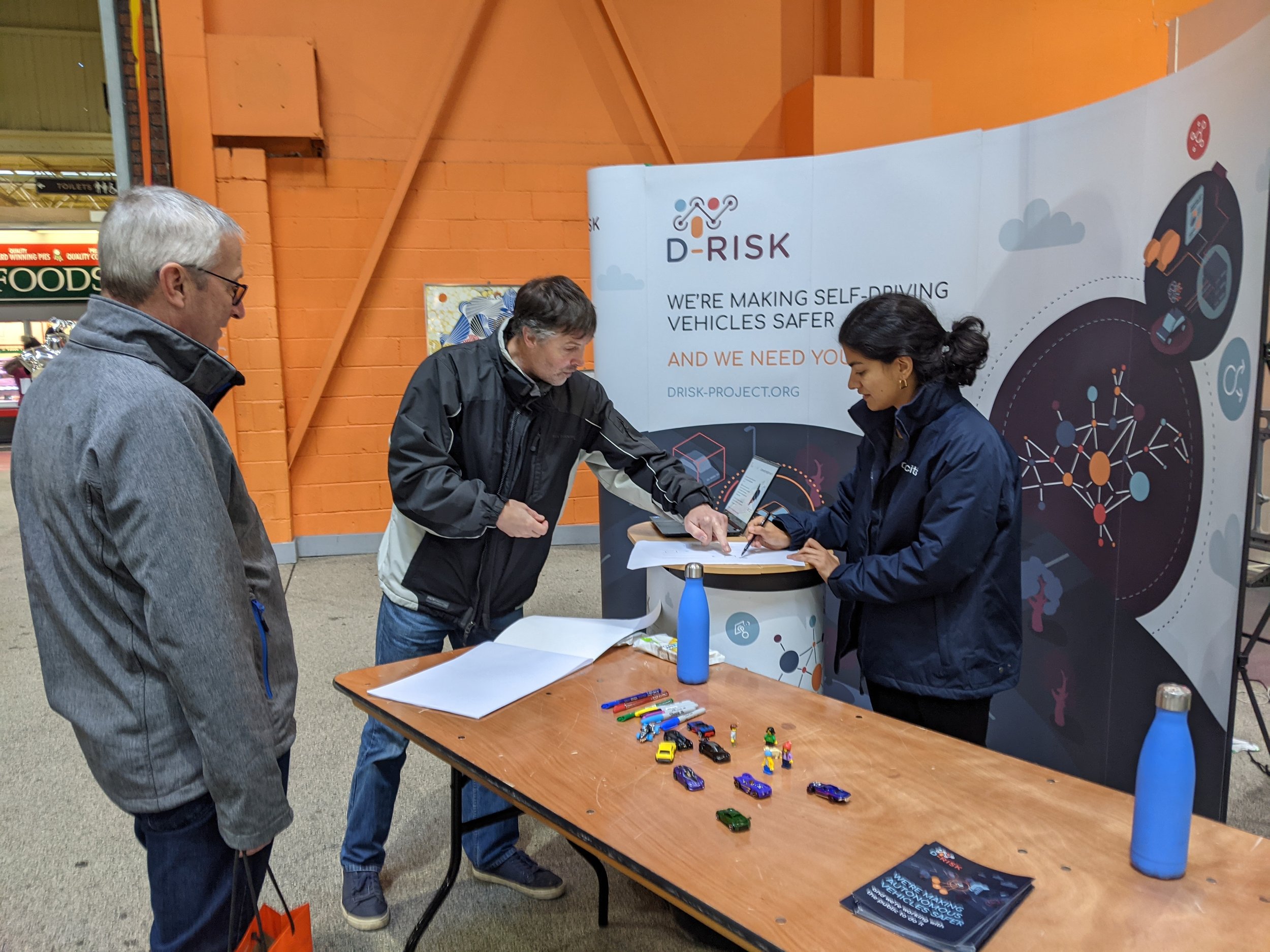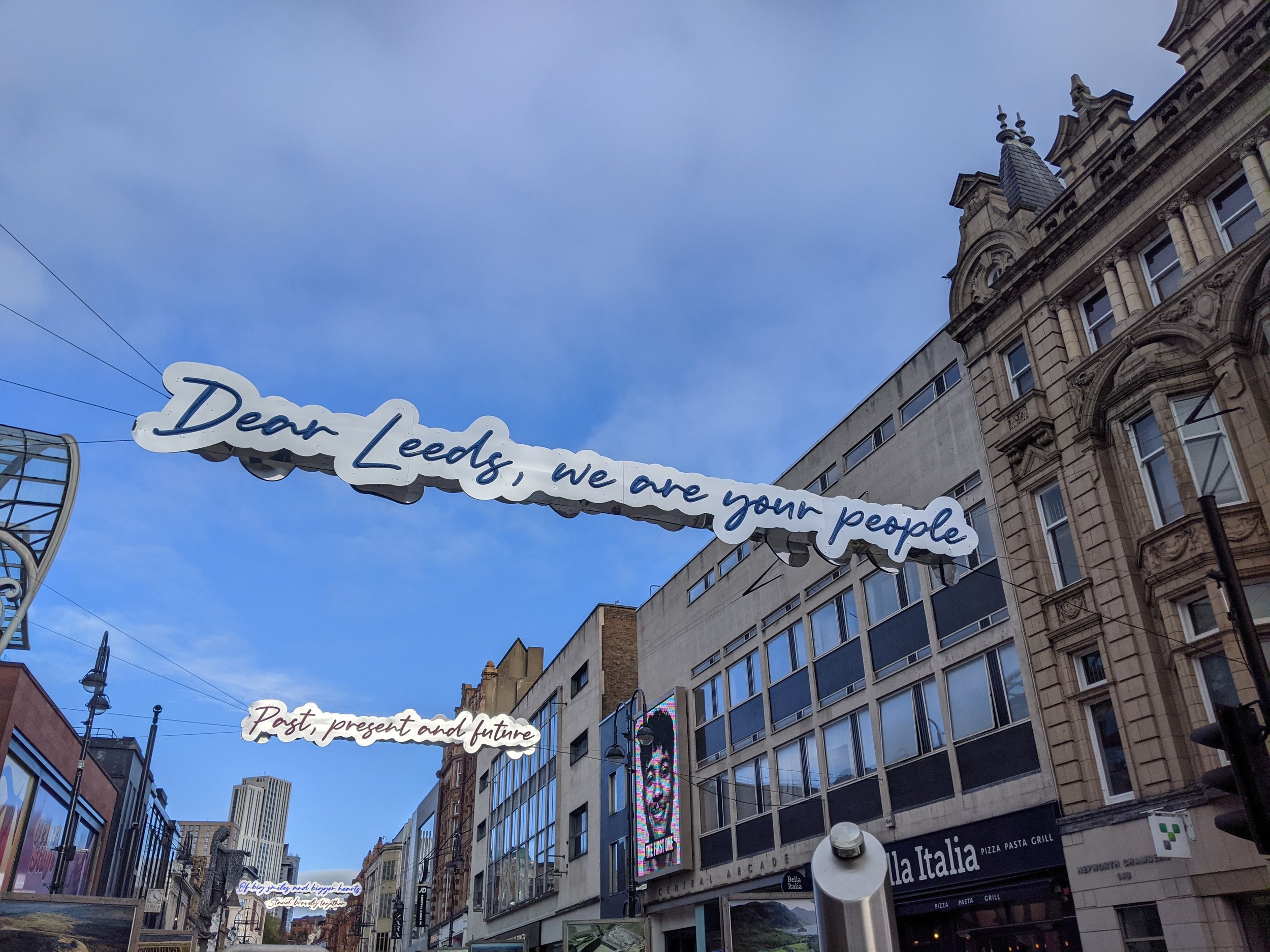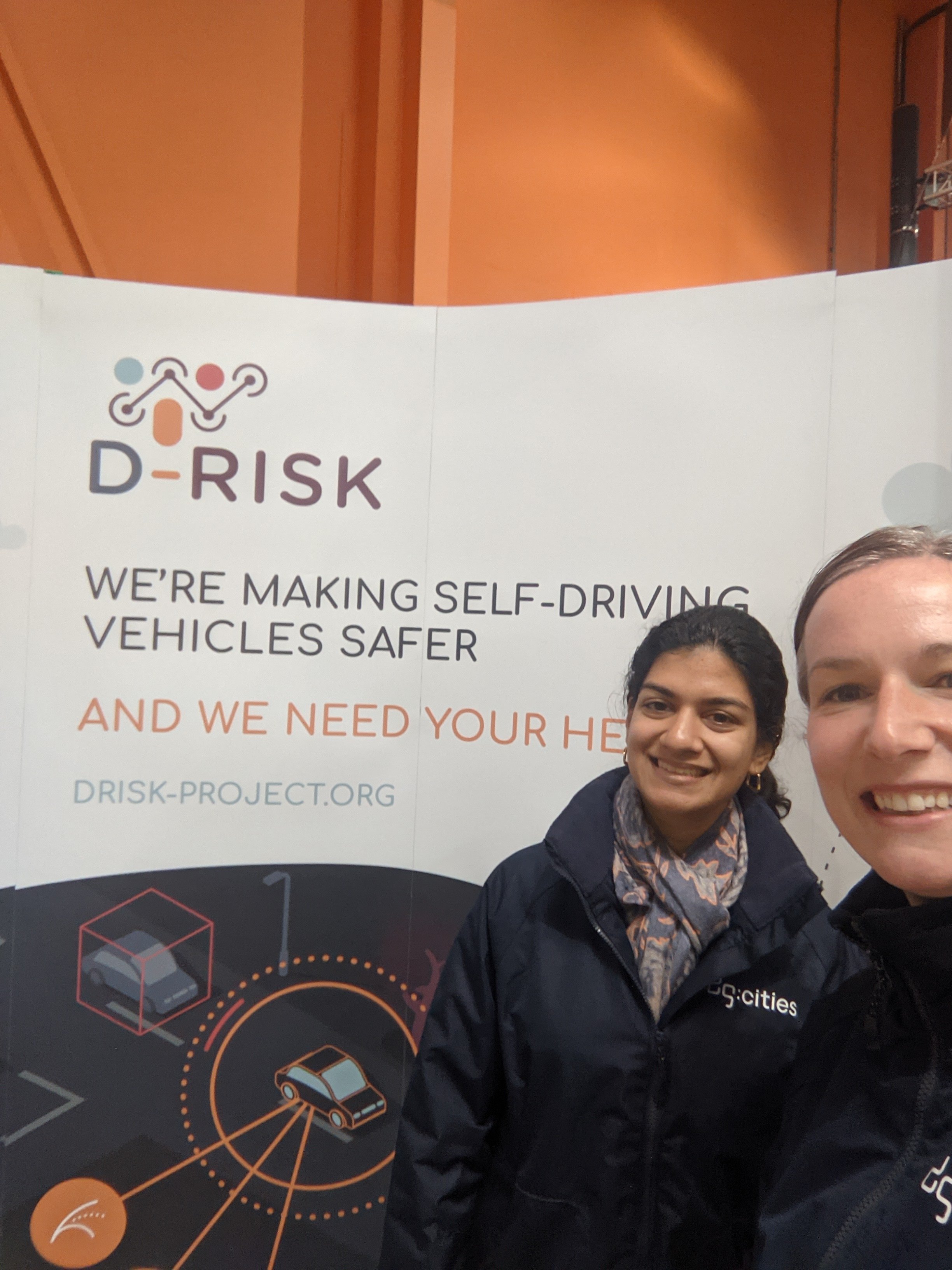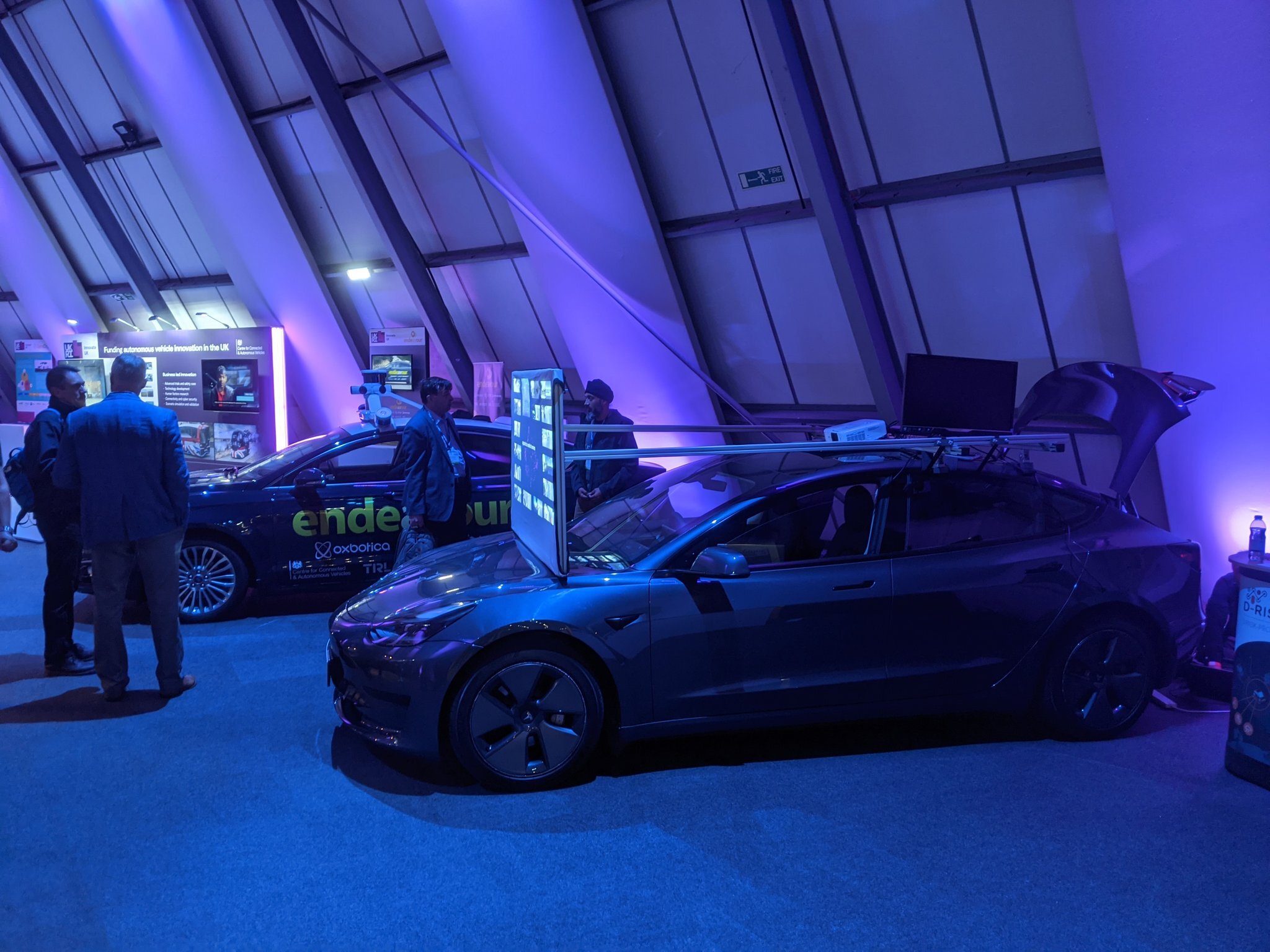What links the cities of Coventry, York, Wrexham, Leeds, Norwich and Edinburgh?
Over the past few weeks, we have visited them all on our D-Risk tour!
The DG Cities team has been travelling all over the country collecting ‘edge cases’ (and maybe a few souvenirs). Edge cases are weird and unexpected traffic scenarios – the rare situations that challenge us as drivers, but would be impossible for a driverless car to understand.
We went to a range of places to directly capture information on very localised events, then our D-Risk partners turned them into simulations, which can be used to train and test autonomous vehicle (AV) systems. This crowd-sourced data is helping to make AVs safer on the roads in every situation, even the most unusual.
We’ll be exploring the results and the specifics of these new edge cases soon; lots of them were fascinating, previously uncaptured scenarios, ‘unknown to science’. But I wanted to focus a little here on where the cases come from, the places we’ve been to and the people we met - for full autonomy, AVs will need to fit into all of these worlds. Also, I wanted to extend our gratitude to all the members of the public who took the time to stop and talk to us.
When we were planning our route around the UK, we deliberately set out to visit places that are often left out of AV trials. So far, we have made it to stops in England, Scotland and Wales; we’re hoping to get to Northern Ireland in the next phase. These local insights are vital, because AVs will need to feel as comfortable going through a ford in Wales as up a steep hill in Scotland. Weather, the particular features of a road and navigational errors – often these are linked to very small, distinct geographies, which can make training AVs difficult. For example, driving while blinded by the sun on a coastal road is very different to dealing with horizontal rain by a loch.
We also tried to gather examples from rural areas. While we tended to set our stand up in a city for footfall, many of the people we spoke to lived in the countryside. Wildlife is abundant and unpredictable everywhere: we heard about pheasants, deer, squirrels, partridges and even owls appearing in the edge cases we collected. Narrow country lanes with passing places, farm vehicles and even hunting parties are also definite challenges for driverless technology.
The types of venue differed too. We set up camp at museums, in office lobbies, markets and universities – a wide range, so that we could talk to people from different walks of life, with unique perspectives. These locations, more than anything else, determined whether our audience saw autonomous vehicles as an exciting new advance or viewed them with complete mistrust. Interestingly, we found that often, their doubts were not specifically aimed at AVs, but at new technologies and the idea of government as a whole.
For driverless cars to be successful, they will need to be widely accepted. To demonstrate their potential advantages to people, we’ll need to focus a lot more on stepping out of our echo chamber and really working hard to bring along those who are not advocates yet. This might be more difficult, but it’s vital that any solution starts by engaging with the people it is intended to benefit.
Have you shared your most unusual experience on the road yet? Tell us about your own edge case here!

